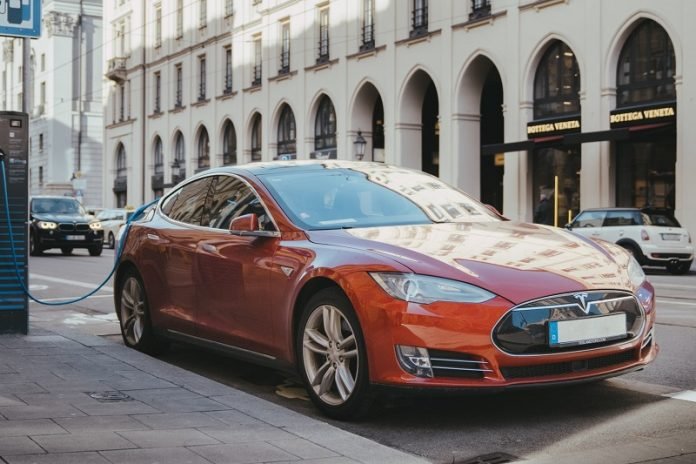
Electric vehicle (EV) charging patterns are highly uncertain in both location, time, and duration, particularly in association with the predicted high demand for electric mobility in the future.
An EV can be charged at home, at charging stations near highway ramps, or on parking lots next to office buildings, shops, airports, and so on.
Researchers from North Carolina State University have developed a dynamic computational tool to help improve user access to electric vehicle (EV) charging stations, with the goal of making EVs more attractive for drivers.
“We already know that there is a need for EV charging networks that are flexible, in order to support the adoption of EVs,” says Leila Hajibabai, corresponding author of a paper on the work and an assistant professor in NC State’s Fitts Department of Industrial and Systems Engineering.
“That’s because there is tremendous variability in when and where people want to charge their vehicles, how much time they can spend at a charging station, how long it takes to charge their vehicles, and so on.
“The fundamental question we wanted to address with this work is: What is the best way to manage existing charging station infrastructure in order to best meet the demands of electric vehicle users?”
To answer that question, the researchers wanted to take the user’s perspective, so focused on questions that are important to EV drivers.
How long will it take me to reach a charging station? What is the cost of using the charging station? How long might I have to wait to access a charging station?
And what sort of fines are there if I stay at a charging station beyond the time limit?
The researchers developed a technique that accounts for all of these factors in a complex computational model that makes use of a game theory framework.
The technique does two things.
First, it helps users find the nearest charging facility that meets their needs.
Second, it has a dynamic system that charging station operators can use to determine how long vehicles can spend at a charging station before they need to make way for the next vehicle.
“These outcomes are themselves dynamic – they evolve as additional data comes in about how users are making use of charging facilities,” Hajibabai says.
For example, a user’s nearest available charging facility may change, depending on whether any spaces are available. And the amount of time users can spend at a charging station may change from day to day to reflect the reality of how people are using different charging facilities.
“There’s no clear real-world benchmark that we can use to assess the extent to which our technique would improve user access to charging facilities,” Hajibabai says.
“But in simulations, the technique did improve user access. The simulations also suggest that flexibility in when charging station slots are available was a key predictor of which stations users would visit.
“A next step would be to work with existing charging station networks to pilot the technique and assess its performance in a real-world setting.”
The paper, “A Game-theoretic Approach for Dynamic Service Scheduling at Charging Facilities,” was published in IEEE Transactions on Intelligent Transportation Systems. The paper was co-authored by Amir Mirheli, a former Ph.D. student at NC State.
Written by Matt Shipman.



